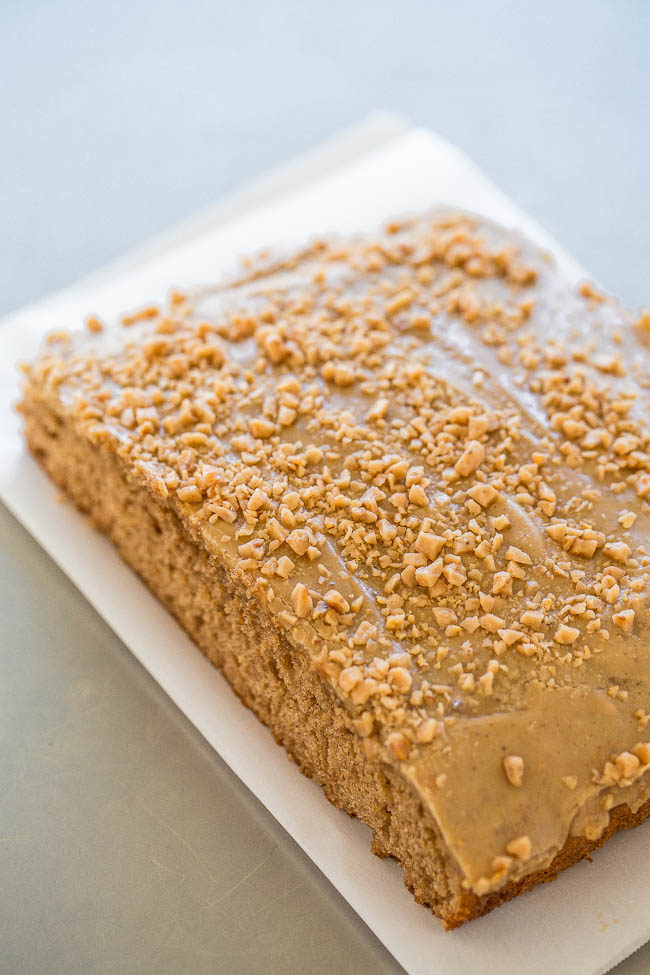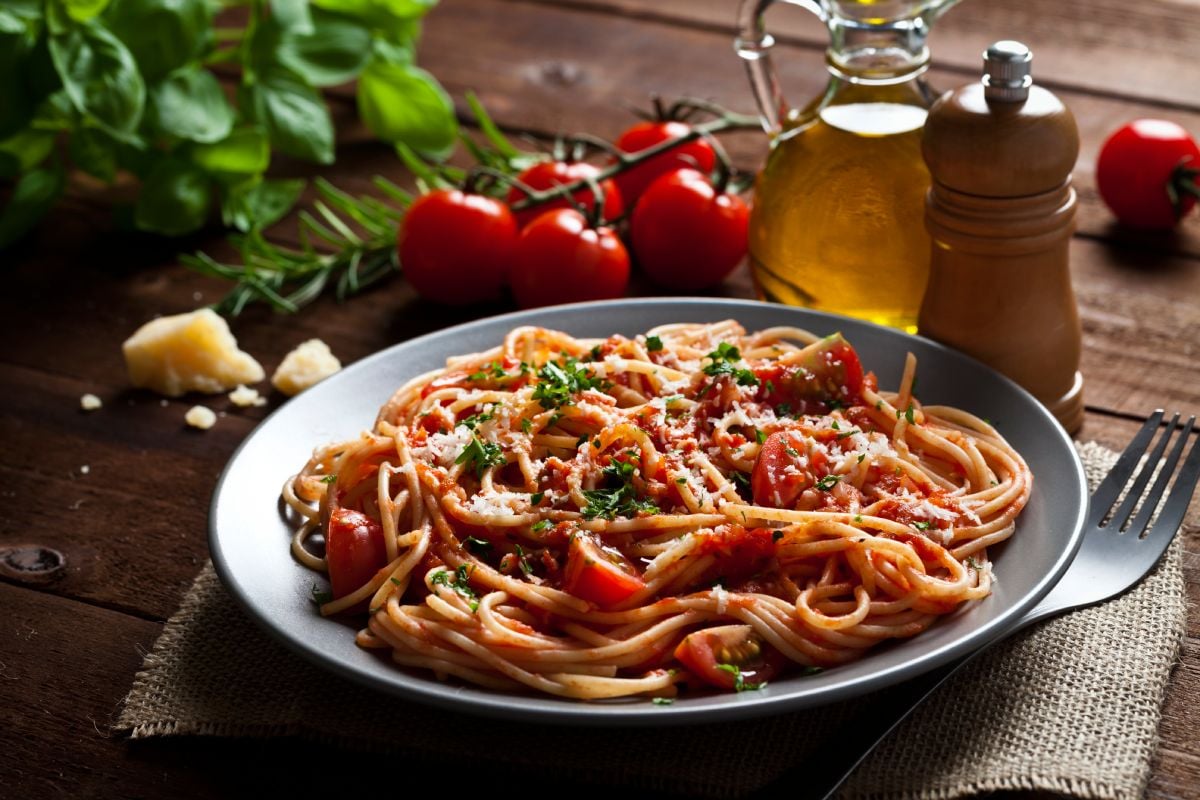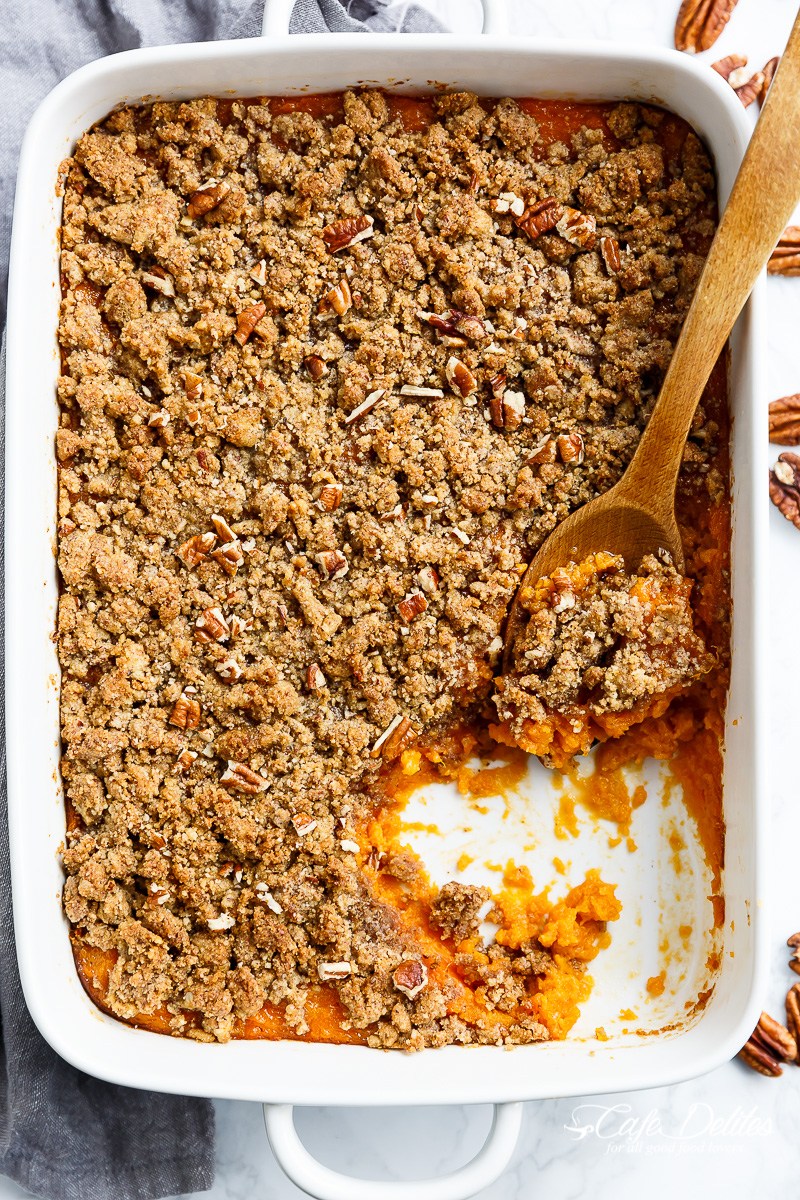Crossing the Solent – the shipping-choked channel that separates the Isle of Wight from England’s south coast – feels like slipping between eras. Even in 2022, the Isle is set apart from the rest of the country, physically and spiritually; a diamond-shaped rock where faded Victoriana and genteel harbour towns give way to rolling downland dotted with neolithic barrows, tumbledown beaches and languid coves. The local history is one of dinosaurs, wrecking, latent paganism, seaside whimsy and psychedelic counter-culture. It’s a place out of time.
The sentiment could once have been levelled at the island’s dining scene: for decades a moribund world of good produce, dull pubs, archaic metrics of quality and inelegant takes on global cuisine. So far, so regional. But something is up, in the water and in the soil. Once calcified, the Isle’s food culture is on the ascent. With 150 square miles of rural sprawl and rugged coastline, the county is a small-scale agricultural and fishing haven – comparable to Cornwall in beatific natural splendour and a staycation-spurred boom in visitors that’s making it one of the UK’s most quietly thrilling food destinations.
This wave of revitalised oldies and fresh openings is startling. Take Freshwater’s Red Lion, a wilfully low-key gastropub that should be feted by Estrella, if they ever do the rounds. Or the alfresco True Food Kitchen at Castlehaven, hawking meticulous Asian-Pacific bowls in a scenic position above the waves near St Catherine’s Lighthouse.
Brasher are Colwell’s beachside-bistro The Hut, and The Conservatory at bijou Yarmouth hotel The George, which welcome a yearly influx of pink-shorted Sloanes to hammer seafood platters and jeroboams of rosé. Out east, there’s modern-British Aquitania at the Seaview Hotel and pan-global tasting joint Heron in Ryde, plus the Michelin-approved restaurant at Ventnor’s The Hambrough. A fecund selection, sure – but two places particularly represent the Isle’s divergent best.
The Terrace signature dishes
Perched next to Yarmouth’s bustling marina is The Terrace – opened in summer 2020 by Ashley and Tom Fahey, with a vague “upper-mass-market bistro style stuff” remit. Since then, it’s morphed into a faultless, contemporary European spot with a keen eye on seasonality and local provenance (plus a killer wine list). Its success has seen triumph over adversity – in this case the IOW populace’s stubborn tendency for the ‘classics’. Tom’s Twitter tirades about punters demanding fish and chips are a hoot, but they’re telling of hardwired attitudes. Still, he’s proactive. That dish has just been swapped for one of poached cod with pea purée and potato terrine – Tripadvisor hawks be damned.
“What we’re always trying to do,” he says, with an air of cheerful fatalism, “is maintain a sense of familiarity and simplicity in the dishes. We’re not trying to be arty or clever.” The inclusive philosophy is deceptive, though: the Isle certainly hasn’t seen much like a current dish of veal tartare with egg yolk purée and tarragon emulsion. Nor the pan-fried duck breast with hen of the woods and a curried spring roll of confit leg that appeared as a special last summer. Cannier still is Fahey’s tendency to shoehorn other chefs’ signatures onto the menus – a “white chocolate tart Bernard Pacaud” in homage to L’Ambroisie’s head honcho, say – as winks to the gastronomically clued-in.
He highlights the unusually massive provision of branded local products as being a boon to the scene: the celebrated tomatoes, garlic and cheeses, of course, but also vegetables via Living Larder, veal and dairy from Briddlesford, venison from the Isle of Wight Deer Farm, and goat meat from Simone Dickens at Kingston Goat Smallholding.
The focus on immediate provenance isn’t sacrosanct, though. Fahey prefers the idea of pristine “small batch” produce rather than stuff simply tied to the island. The Terrace’s seafood, for instance, comes from Cornwall; local fishermen simply don’t catch in the quantities necessary to stock a restaurant. A shame, he says, as “they land these amazing little Myor-style shrimps for a month of the year. Even if I could get them I’d have to sell at £20 a portion for a starter.”
His solution? A second restaurant. The Terrace Rooms is the couple’s new hotel offshoot in Ventnor; by November, it’ll also house a Lilliputian (14-cover) dining room, doing taster menus of “super product-focussed” local ingredients and esoteric wine pairings. In a cosmic display of ambition for the Isle, Fahey cites both Marc Wilkinson’s Fraiche and Mikael Jonsson’s beatifically rigorous Hedone as inspirational touchstones – a brave new world for a once anachronistic corner of the country.
The Crab Shed – a rickety summertime shack on dreamily pretty Steephill Cove, a mile from The Terrace Rooms – offers somewhat more ascetic, hyper-local eating. Run by Mandy and Jim Wheeler since 2002, it’s known for one thing: the crab pasty. The Wheelers have crabbed along this shoreline since the 1400s but, by the new millennia, Jim was keen to diversify. They already had a beachside picking room, so the crab pasty – born of a sort of ‘inverse inspiration’ of never having seen any in Cornwall – was a grab-and-go no-brainer.
They started with shortcrust pastry but kept finding the crimps strewn along the seafront. (“People obviously found them a bit heavy,” Mandy explains.) A switch to puff and that was that. It was a slow start, the public then being inconceivably aloof to the idea of hot crab. 20 years later, they’re a culty rite-of-passage, hailed by broadsheet supplements and arguably the Isle’s defining foodstuff (give or take the toms).
The magic is in simplicity. They’re made to a secret recipe but factor a healthy mix of white and brown meat, some sautéed leek, lemon, and possibly the faintest dusting of cayenne. Edible alchemy. “It’s the sort of food that you can literally just take away, go sit on a rock and look over the sea, you know?” Mandy says. “That’s the beauty of it.”
More engaging still than the hospitality is the Isle’s wealth of local producers and artisans. Fare from the Tomato Stall and Garlic Farm is ubiquitous on upscale menus across the country; while the IOW Cheese Company has been lauded at the World Cheese Awards. But there’s been a recent upshoot in excellent coffee roasters, bakeries, distilleries, and cider-makers, too; as well as an embrace of fleet-fingered foraging (marsh samphire and wild garlic are abundant).
Will and Aimee Steward, Livinf Larder
Buried in the bucolic wilds of east Wight is Living Larder – a 30-acre farm tended by Will and Aimee Steward, which has been in Will’s family for the past 100 years. These days, it’s fully organic, with 20 rotated acres for growing and pig futures, and 10 with a mixture of water, woodland and bee-filled wildflower meadows.
Having long-supplied to restaurants, they segued into veg boxes with the boom of pandemic localism. They’re reactive and small-scale in their picking, which means more exciting eating. “If it can be grown in this country, then we’ll try,” says Will. This encompasses everything from French-style flat beans, potatoes, rainbow chard, cavolo nero (et al.), to more outlandish crops: padron peppers, red gooseberries, borlotti beans, mustard leaves and melons (“we just find that the summers are warm enough – the joy of growing melons is you know when they’re ready because you can smell them”).
The Isle is blissfully predisposed to agriculture: it gets more sunshine hours than anywhere else in the UK, but its climate is tempered by the cool sea air. Winters are mild, and the soil is loamy. Pair this with a generational heritage in growing, and you’ve got a direct line to its UNESCO Biosphere Reserve status: a slightly nebulous delineation that basically implies a symbiosis and harmony between the land and its inhabitants. What Living Larder does works in a happy parallel.
“What really drives the business is what we’re doing quietly for the environment, and how we’re connecting people to it,” explains Will. “We’ve always been organic in our approach. Our farm is focused on the habitat that we create, and the environmental presence and benefit that we bring.”
It’s a feeling shared by Richard Hodgson, who founded the IOW Cheese Company in 2006. A World Cheese Award-winning dairy a mile up the road from Living Larder, they’re best known for honking, spreadable, vaguely Camembert-style soft and blue cheeses, using Holstein Fresian milk from Crockers Farm in Cowes. The cheeses’ semi-ubiquity in local delis, and the hushed fervour with which they’re spoken of, are indicative of a kind of gastro self-esteem that’s galvanised the Isle of Wight’s upward trajectory.
“The localism is strong here – you feel that there’s a sense of pride about the stuff that we produce,” Hodgson says. “There are plenty of us here who have been doing it for long enough now to be proud of the quality that we’re putting out.”
And there, in part, lies the kicker. With a raft of ace restaurants, an overflowing cornucopia of country-best foodstuffs, a self-starting and supportive community, and four miles of water to traverse to reach it all… it’s little wonder that this arcadian little island has finally found its time in the sun.









